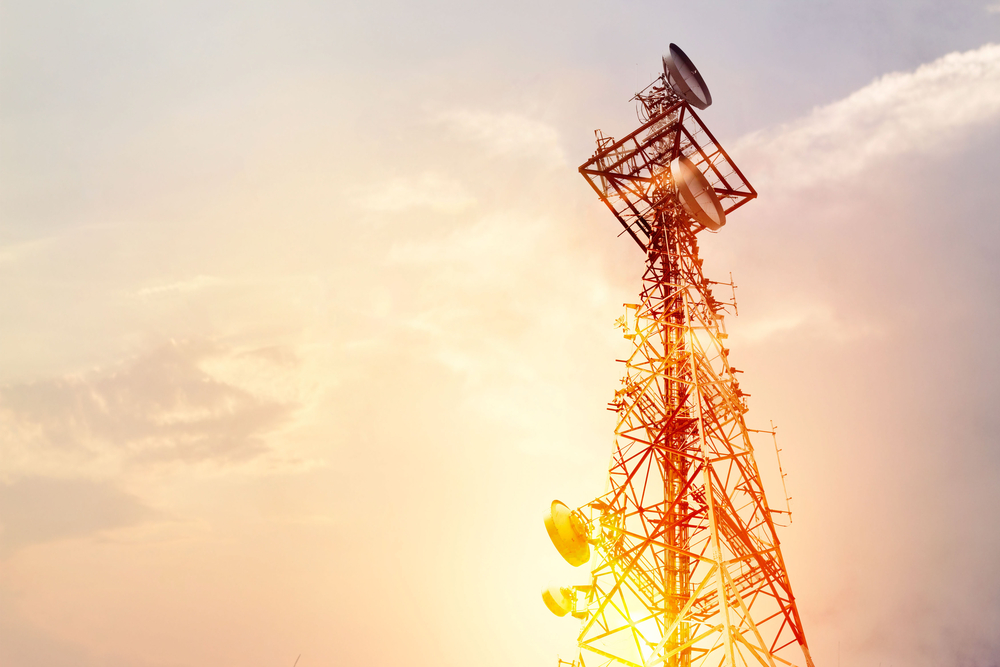As May graduations give way to family summer vacations millions will hit the road to crisscross our sprawling country. Down those same stretches of vacationer crowded highways are millions of utility poles which serve as home to electric, traditional phone and sometimes broadband equipment too. Just how many poles? LinemanCenteral.com says about 180 million.
Over the next couple of years tens of billions of dollars will continue to flow to states and localities from the federal government to be used, along with billions more invested by the private sector, to stretch their lines to reach those who currently have no access to broadband. As low tech as they are, utility poles are critical for meeting the goal of delivering highspeed broadband to homes across America. Yet, broadband company access to these poles is one of the biggest challenges in providing access to millions, and definitely for providing access at a competitive price.
In identifying barriers to broadband deployment, the Federal Communications Commission (FCC) has recognized that the lack of reliable, timely and affordable access to physical infrastructure – particularly utility poles – is often a significant barrier, saying “utilities by virtue of their size and exclusive control over access to pole lines are unquestionably in a position to extract monopoly rents…in the form of unreasonably high pole attachment rates.” Such fees can even amount to 20% of the total cost of broadband deployment, not least because of the huge number that need to be attached to when reaching remote areas.
Lack of pole access simply cannot be the reason that broadband is not increasingly ubiquitous for all. Several actions could be taken right now to help ensure that our promised broadband future is not at risk. The National Telecommunications and Information Administration (NTIA), the federal government agency responsible for distributing those billions in federal funds has become part of the problem. The law that empowered the NTIA to distribute funds clearly prohibited the NTIA from considering certain dictates to service providers to qualify for funding, not least of which was price controls for their service. But, ignoring the law, the NTIA has tried to force price controls and other restrictions on deployment by refusing to approve state plans that do not bow to the illegal action. Instead, the NTIA should be helpful, follow Congressional intent, and make clear that any broadband provider must use the FCC rules for pole attachments.
Those rules would definitely benefit from immediate Congressional focus on streamlining the pole process, but in the meantime the FCC has other work to do as well. The permitting process needs to be reformed with particular attention paid to the realities of the current competitive marketplace. That is, often times cooperatives, or co-ops which are not-for-profit member-owned utilities, and municipal owned utilities enter the market providing broadband services. Yet, the permitting process often makes special carve-outs in the favor of these competitors. This must change.
The current process also allows disputes to drag on, not only drawing out resolution, but in turn delaying the provision of broadband access across the country. The FCC should use its rulemaking process to create a system to place a “shot clock” for a resolution of disputes.
The states have a big role to play as well. Across the country, laws should be updated to ensure access to poles, even when they are on private property if those utility poles have already been allowed and include a right of way. There is no reason to not allow others to attach to those poles when they are prepared to pay reasonable fees for that access.And more broadly, states can streamline internal processes and the administration the many federal programs providing money through the states so that investment can be put to its best use, maximizing the numbers gaining access to broadband.
The longer it takes to plow through red tape and overcome discriminatory hurdles the slower the advance of broadband. And with slow comes increased costs. That expense means less money to broaden the broadband footprint, or maybe even less interest of the private sector in waiting around for government to get it right.


Recent Comments